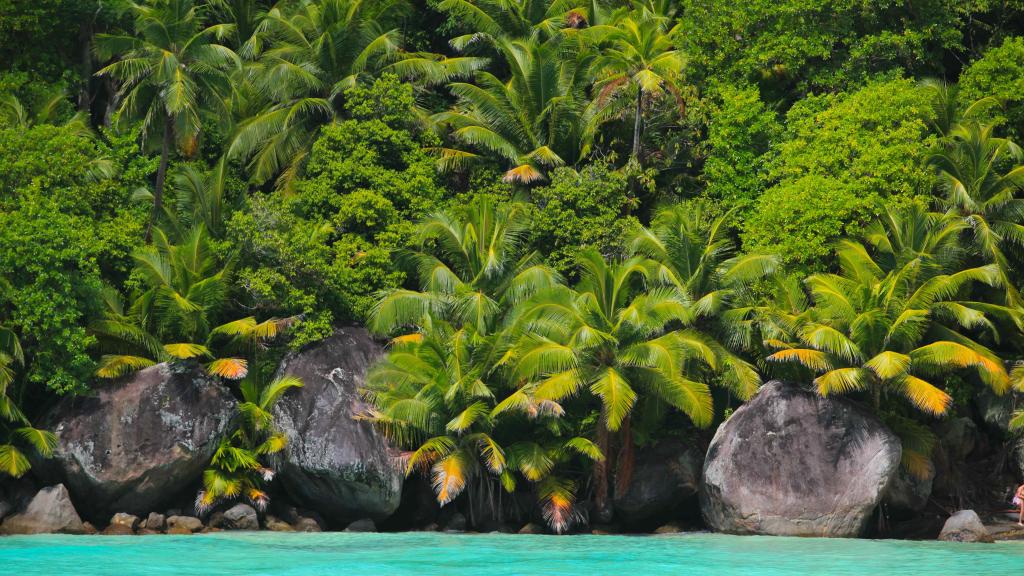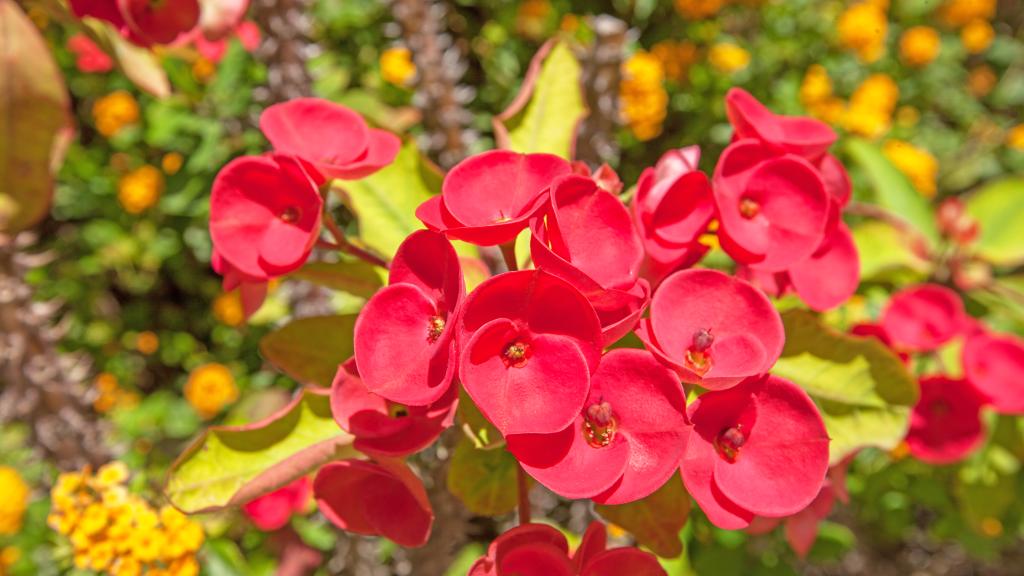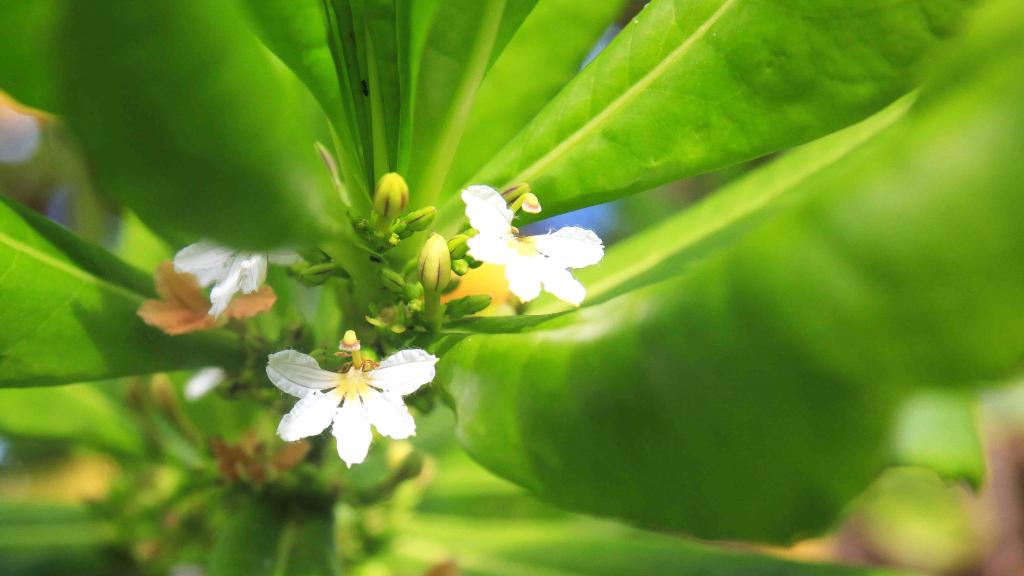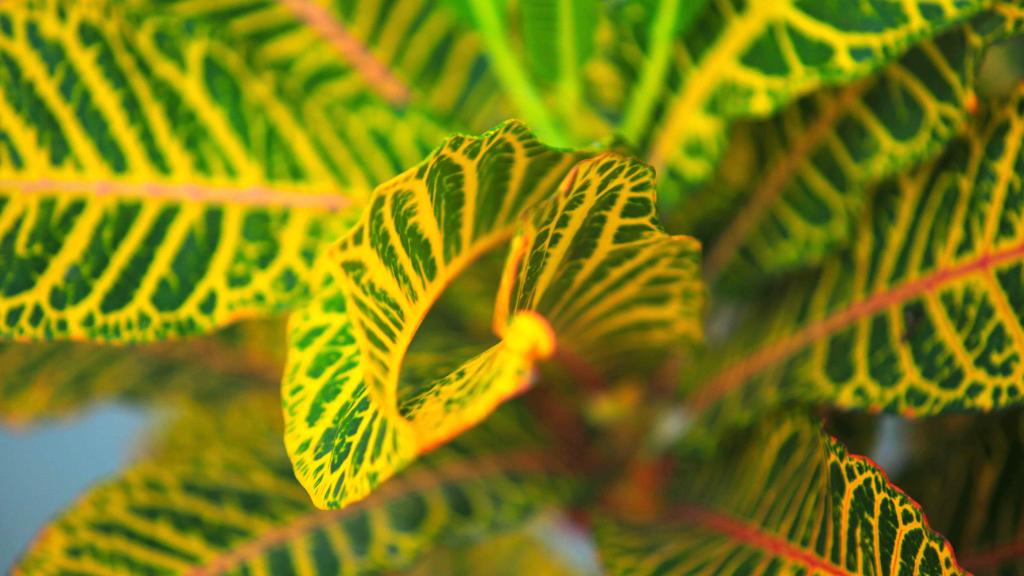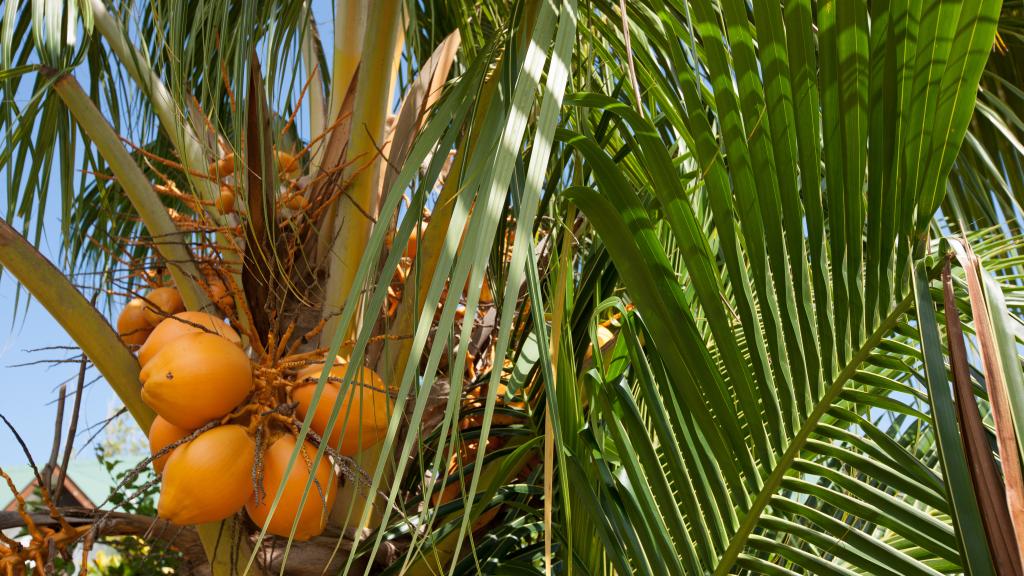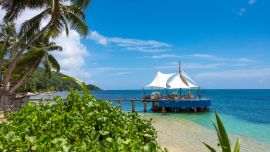Flora
While the Seychelles' beaches are often-cited as some of the most-beautiful in the world, another standout feature of the country is the colourful vegetation that can be found further inland on many of the islands. In fact, the Seychelles are a veritable treasure-trove for plant lovers!
On a hike through the dense forests, it's easy to feel as if you're in paradise thanks to the many colours, especially the deep greens of the plants that grow here, as well as the different exotic flowers dotted around the islands.


Thanks to their remote location, the Seychelles islands were uninhabited until 250 years ago, ensuring that many plant species have survived here where they haven't in the rest of the world. The islands are also home to numerous unique, endemic plant species. To date, 75 such species have been discovered, some of which are even unique to individual islands of the archipelago. Some are rather inconspicuous, such as grasses, herbs, or shrubs. That said, the redwood trees, ironwood trees, and medusagyne (jellyfish tree - once thought to be extinct) are all impressive in terms of their appearance.
A particularly unique natural phenomenon is the Coco de Mer. This is the most famous of the Seychelles' six endemic plant species, and possesses the largest seed of any plant in the world. The tree is endemic to Praslin and Curieuse only.

Anyone hiking in the Seychelles may, with some luck, come across the most beautiful flower in the Seychelles, the wild vanilla, an endemic orchid with salmon-red blossom. Unlike the 'real' vanilla plant, the fruits of this wild flower are inedible.
The mountainous regions of Mahé and Silhouette contain the carnivorous pitcher plant, whose leaves look like a shot glass-sized goblet.
Despite these natural wonders, many edible crops, introduced in the 18th century by French colonialists and procured specifically for growing in the Seychelles, better characterise the vegetation of the archipelago. These include breadfruit, dragon's blood, cashews, and numerous cinnamon trees, as well as albizia, eucalyptus, and banyan. The latter of these began its life-cycle as a parasite, with birds spreading the seeds to other trees, where it would then lay down roots before crushing the host plant.
One of the most widespread plants is the coconut, whose dried flesh, copra, was once one of the Seychelles' main exports. Besides ornamentals such as the bougainvillea, the hibiscus, and the flame tree, tea and herbs also thrive in the Seychelles. Not to mention many tropical fruits, for example the banana, pineapple, star fruit, mangoes, papayas, passion fruit, avocados, pumpkins, and many more. Unfortunately, the numerous imported plants have, of course, had an impact on the native plant species.
Tropical plants are widely-known to contain numerous substances that, when used correctly, can be used medically. Many endemic plants of the Seychelles are therefore used for medicinal purposes, including the dumb cane, which is chewed for a calming effect. The seeds of the toxic reglisse can be expertly prepared to create various drugs. Natural healers are often visited by the Creole population who seek the special healing effects these plants bring. The market in Victoria is also home to various teas and herbs to which the locals attribute healing powers.
In order to protect the magical nature of the Seychelles, visitors should be respectful of the environment, as the ecosystem is very sensitive, and many species are already threatened with extinction.
